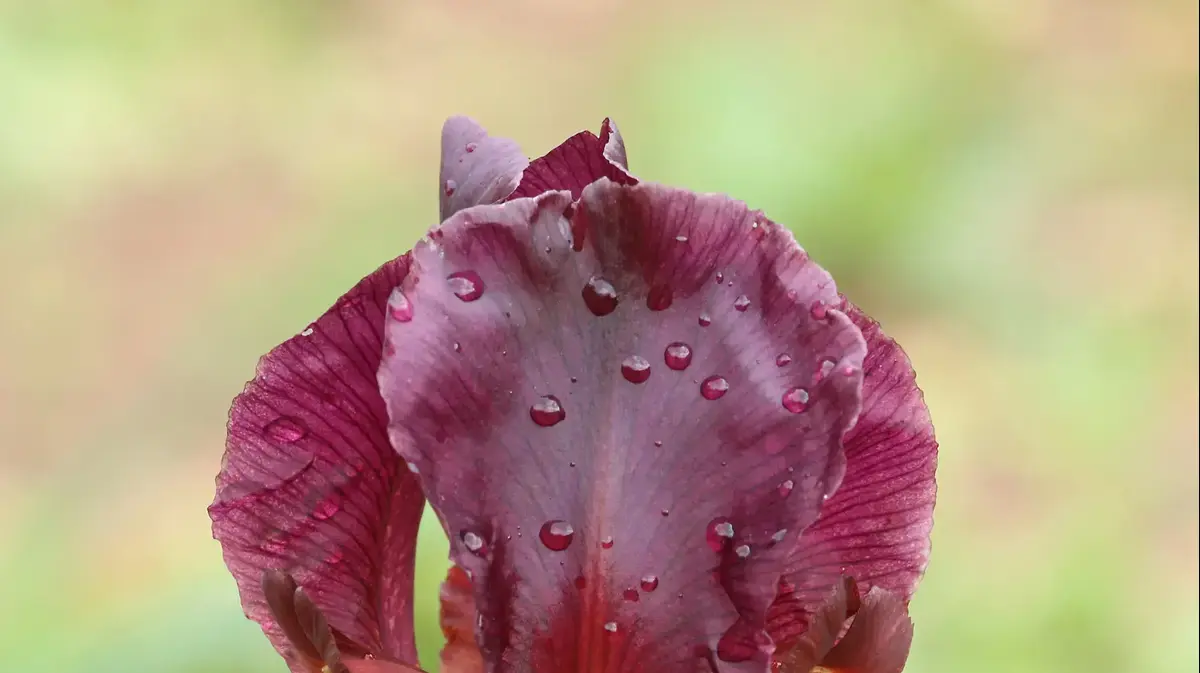Everything you didn't know about the sex life of plants
What flower is dressing for a bee? What pink flower is used as a night hotel? And what plant is used as an insect trap? Our plants have special techniques for reproduction. Thus Tu Bashvat became Tu B'Av of the plants
Beautiful flowers attract our hearts in their colors, smells, symmetry and aesthetics. Botanists know that the flowers are the reproductive organs and that the advertisement (the beautiful flowers) is intended solely to attract visitors who will carry out the pollination process - transferring the powder from the male (the pollen) to the female (the scar) organ. Only then can the fertilization (which occurs within the ovary) take place, thus allowing the species to create seeds and continue the generation.
The pollination of plants with prominent and beautiful flowers is usually carried out by insects. The evolution of flowers is the result of a million-year-old mutual evolution between the flowers and the animals that pollinate them. Over the generations, both partners, flowers and pollinators, have evolved to be largely compatible with each other in a way that benefits both: remuneration services (mainly sugar-containing nectar) and powder (mineral and protein rich).
The flowers, for their part, have developed a means of advertising to attract the pollinators to suit their needs.
The odor is commonly accepted as a distance signal, while the color of flowers and especially the color models are absorbed by the insects from a short distance.
And yet, not all flowers provide nectar or pollen, so how are they pollinated anyway? It turns out that some of the flowers are taking plant authority - because in the war on pollinators everything is allowed! Here are some amazing examples of our nature.
More in Walla! NEWS More in Walla! NEWSOpening the Hiking Season: The 3 Most Beautiful Sections in "Israel Trail"
To the full articleMore in Walla! NEWS
Flowering sites that must visit in winter Flowering trips: Dozens of flowers all over the country go into the wild: Flow trips and blooms want to remove laser glasses? You no longer have to decide where content is being promotedJust on the lines
Petal hairy petals, decorated with dark, clear stripes that converge to the center of the flower, and in the center a dark color. These stripes are nocturnal paths that lead the insect to the place of pollination and nectar. Studies conducted at the University of Haifa have shown that the stripes are "markings" to the center of the flower, and the dark stain is as attractive as a female already on the flower and waiting for her partner.
It turns out that the bulb of hairy flax is a fly named Uzia two-color, which spends many days in hairy flax flowers that usually bloom in pink carpets. In the morning, the flowers function as a restaurant, at noon as a meeting place for both sexes and in the evening the flower serves as a night hotel. These flies wallow in flax powder, transfer to another flower, where they spend ovary and pollinate it by transferring pollen grains to the ovary. From there, the pollen is already being grown, which is followed by the fruiting and developing flowers and seeds.
She was hairy. Float paths clear for insect (Photo: Sarah Gold)
Hairy flax (Photo: Sarah Gold, official website)
The flower in search of a bee
Not all flowers provide nectar or pollen, so how are they pollinated anyway? So the Dinsmore bee flowers are strikingly similar to the bee. The flower "impersonates" a bee: in its colors, its decoration, its touch, and even its odor - it even exudes a (pheromone) scent of a bee female. When a male bee arrives and tries to mate with the flower (it looks like a bee), the male makes mating movements and nothing happens. In his despair, he turns to another flower that also looks like a bee. The flower is built to fit the body of the bee, the powder sticks to its head, and in the process it transfers the powder from flower to flower and pollinates the Dinsmore bees found in the field.
Beehive Dinsmore. Similar to bee in texture and smell (Photo: Sarah Gold)
Deborah Dinsmore (Photo: Sarah Gold, official website)
The flower provides an insect for a heated hotel
The inner cover of the temple irises (crimson irises, Yeruham, Gilboa Negev, etc.), wide and erect like a flag. The three leaves are expanded as petals and look like the leaf's leaves. Each of them, together with the appropriate outer leaf leaf, forms a "pollen tunnel", with one dust and one scar. This tunnel serves as a hotel (hall) suitable for insect accommodation, especially for males of bees (Eucera), which are found in the pollen-pollination tunnel of the flower shelter for the night, because the temperature in it is slightly higher than outside, and at the same time pollinate the flower.
The scarlet iris. His powder tunnel serves as a hotel (hall) suitable for insect lodging (Photo: Sarah Gold)
The Crimson Iris (Photo: Sarah Gold, official website)
The orchid used as a capsule hotel
A lipid-type orchid is also used as a capsule hotel. The flowers are peculiarly brown, and the flower has no nectar or odor and its powder is not available for insects to eat. The lip is wrestled with single bees, which tend to nest in the ground. Most of the bees found in their language are males. The structure of the flower and its colors seem to give the bees a similar feel to a hole in the ground, they come to find shelter for the night. The lip probably mimics a refuge and a "warm house" in the form of a hole in the ground. The bees' dust-laden bees (dust-filled bags) of their lip were found to the top. The temperature inside the flower is slightly warmer than that in the environment, which is probably significant for the activity of bees.
The flower mimics a refuge and a "warm house" in the form of a hole in the ground. Common language (Photo: Sarah Gold)
Language is found (Photo: Sarah Gold, official website)
Unique, cruel and smelly strategy
The prominent Lupus flowers in the field - a unique structure that is entirely enslaved to its role as a temporary trap for insects! The only (beginner) leaf is very dark in color, velvety burgundy-brown, and looks like a funnel out of which a brown limb is sticking out like a stick, that's the help. The lower part of the interlock, which is enclosed in the urn of the primer, bears the lower part of female flowers and upwards of male flowers, the female flowers ripen before the males, thus avoiding self-pollination:
An insect continues to enter the flower that smells of smelly scent, it comes when it is already loaded with powder from another specification (which the insect was imprisoned the day before, and now released). It pollinates the female flowers with the foreign powder. Only after the female flowers have wilted do the male flowers release their powder, and the insect wrestles it towards its passage for further detail, meanwhile it is trapped in the trap without being able to release.
how does it happen? Between female and male flowers there are bristles facing down diagonally, these bristles, along with slippery oil droplets on the urn's sides, allow insects to enter the trap but prevent them from entering. Only at the end of the fertilization cycle do the bristles fade, the oil dries, the wall creases and the insects are released. It turns out that the insect that was tempted to enter the loophole inflorescence is not a "lesson learned" and it goes back into another detail.
The flowering cycle lasts for one day, from morning to morning.
The rash sites that must visit in winter
To the full articleFlowers of the Loop Flower Land in Israel look innocent on the outside (Photo: Sarah Gold)
Flower Land Lof Israeli Land (Photo: Sarah Gold, official website)
A glimpse into Loop's "trap" (Photo: Sarah Gold)
Flower Land of Israeli Land (Photo: Sarah Gold, official website)
Did you think the flowers were innocent? So you thought. Studies have shown that members of the Orchid family are not small charlatans, most of whom do not reward their pollinators.
For further acquaintance with Israel's wild plants, visit the field plant site.




/cloudfront-eu-central-1.images.arcpublishing.com/prisa/XQYTTC7NDBDQTFDHAE2YZ6MAEI.jpg)




